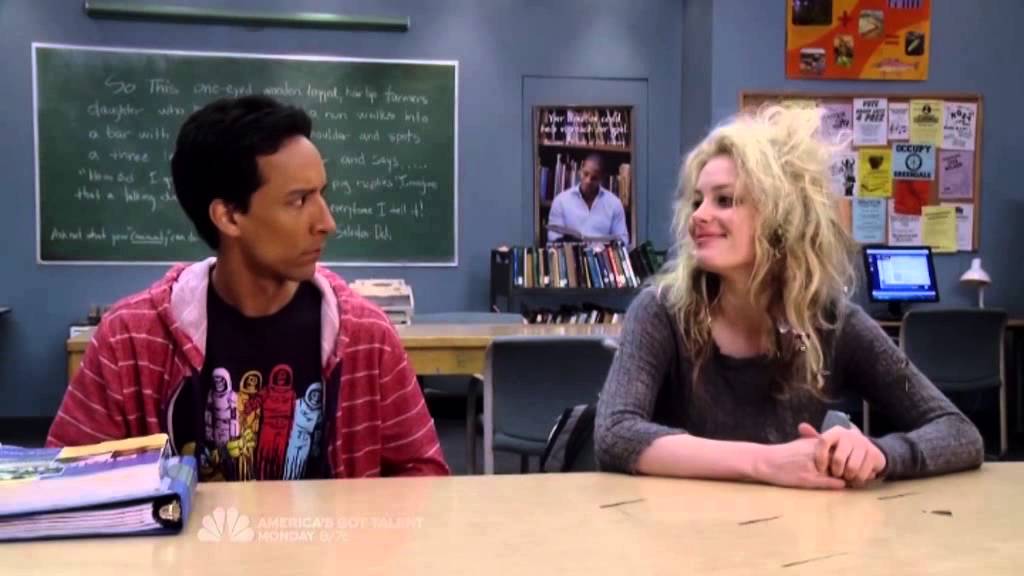
I have a confession to make: I really like Cameron Crowe’s Elizabethtown.
I’m not saying that it’s my favorite film or even necessarily a particularly good film. It just has the right amount of sentimentality to pierce my armor without scaring me away first, and the central storyline of Drew dealing with the death of his father and an extended family he barely knows in the midst of a turbulent period of personal change was something I could relate to.
That being said, one of the things that even defenders of the film would probably admit doesn’t work is Kirsten Dunst’s character, Claire. I like Dunst as an actress, and I don’t blame her at all for the character, but Claire never has any stakes in what’s going on and has no real visible personality, agency, or drive of her own outside of making someone else’s story more interesting and complete. There’s nothing for her on the page, so she’s essentially a precocious, idealized potential love interest who acts as a plot widget to keep the male main character’s story and personal development moving at a decent clip.
Elizabethtown is by no means the worst offender when it comes to this trope, but it was the film that led critic Nathan Rabin of the A.V. Club to coin the term “manic pixie dream girls,” what he defines as a “bubbly, shallow cinematic creature that exists solely in the fevered imaginations of sensitive writer-directors to teach broodingly soulful young men to embrace life and its infinite mysteries and adventures.”
Now, the phrase has become so ubiquitous and misused that Rabin says it’s “an unstoppable monster” that he regrets creating. And one can see his point: by naming it, the concept is a lot easier to pick out, and has been retroactively applied to characters as varied and anachronistic as Belle from Beauty and the Beast, Annie from Annie Hall, or Katherine Hepburn’s Susan Vance in Bringing Up Baby.
Tropes are still tools, though, and like tools they are only as useful or harmful as the people using them—it goes without saying that whilst the presence of thankless roles for women have existed in fiction since time immemorial, by the standard of the loosely defined term, there are just as many examples of Manic Pixie Dream Girls in fiction that are analyzed, subverted, and deconstructed narratively as there are ones played totally straight.
My pre-occupation in this article is with a subcategory of these MPDG-coded characters that follow a particular thematic bent, i.e. they are depicted at the outset with characteristics typical of the MPDG trope (quirky, precocious, often simplistically motivated, and usually serving no other narrative function besides love interest or else the potential thereof) but through the cycle of the plot they are revealed to have an inner life the protagonist was not initially party to. This variant I will refer to as The Nightmare Hippy Girl (let the record show that said character needn’t identify as a hippy in order to qualify).
The trope’s name comes from the similarly named song by Beck from his breakout album Mellow Gold, in which he sings about the titular girl who “took me off my guard with disappointment,” describing her as “a New Age letdown,” a “whimsical, tragical beauty […] a frolicking depression.” The song concludes with the line, “She’s a goddess milking her time/For all that it’s worth.”
The song paints a picture of a preoccupation not uncommon among jaded, male Generation Xers: the unattainable bad girl. “Good girls are fun, but bad girls are even more fun” seems to be hardwired deep into the subconscious of the straight male psyche; it permeates our cultural habits, our pornography, and our gender politics.
In many ways, the Nightmare Hippy Girl acts as a sort of progression (or perversion, depending on your point of view) from the Femme Fatale role—both are implicitly or explicitly coded as dangerous yet attractive alternatives to the clean-cut ingénue; the difference between them seems to be that Femme Fatales, by and large, are depicted as villainous but are otherwise demonstrably driven and capable of giving the hero the run around, whilst Nightmare Hippy Girls are often, as Clementine from Eternal Sunshine of the Spotless Mind points out, just looking for their own peace of mind.
Besides the aforementioned Clem, whose co-dependent relationship with Jim Carrey’s Joel epitomizes the NHG trope better than almost any other, there are numerous examples of how the trope has insinuated itself into the popular culture.
Michelle Pfeiffer’s Catwoman in Batman Returns, rather than being motivated by straight up avarice like her predecessors or a misplaced sense of anti-1% entitlement like her Nolan trilogy counterpart, becomes a sociopathic cat burglar, and subsequently loses her mousy civilian personality. Naturally, Bruce Wayne is totally down to “hit that” (in spite of her technically being an accessory to kidnap and murder), but in the end it is she who rejects Bruce in favor of pursuing her own agenda.
Other notable examples, such as Ramona Flowers from the Scott Pilgrim comics/film and Margot Roth Spiegelman from John Green’s Paper Towns follow similar character trajectories: they become the object of a single-minded nerdy guy’s affections, said guy goes through a series of trials to win or retrieve their chosen consort, only to discover that their inherent personality flaws and issues have led to and/or contrived the scenario in order to justify their behavior. The male protagonist’s growth comes not from without but within, and they are ultimately only able to achieve that growth by seeing their love interests as complex human beings rather than simply as trophies to pursue and win. They have to learn the difference between respect and blind admiration.
Another example is Community’s Britta Perry. Although she’s set up at the outset as an attractive and eclectic anarchist whose earnest but overbearing political activism often earns her the ire of the study group, revelations in later episodes regarding her relationships with her parents, her ex-boyfriend Blade, and her former activist friends make it clear that for all her good intentions, her attempts at activism have rarely helped anyone, and she has deep psychological issues that she’s failed to address or move on from.
The NHG trope has even worked its way into recent animated shows like Adventure Time and Steven Universe, albeit in a less overtly sexually coded manner than their adult counterparts.
Despite being set up explicitly as a bad girl rival to Princess Bubblegum for Finn’s affections, Marceline has gradually received a healthy helping of backstory within the show, performed several of the show’s best musical numbers, and even has two spin-off miniseries dedicated to her in the official line of comics.
The existence and proliferation of any trope is only as important as what that trope is able to teach or show us as a story tool. The proliferation of the MPDG moniker is a reflection of its reductive effect on story creativity and character motivation, and accusations of its overuse are reflective of a fundamental deficit of good female characters in fiction. Since the quality of our popular culture is a reflection of humanity’s progress, it behooves us all to encourage our artists and writers to break with stale traditions and for all of us to imagine and represent people complexly. Simply deconstructing, inverting, or tweaking the status quo is not the solution to this problem, but it’s a start.
In the words of John Lydon, I could be wrong; I could be right.
Adam X. Smith is just a poor boy who needs no sympathy. No, scratch that—he’s actually a subterranean homesick alien sleeper agent who has been sending coded messages hidden in online reviews and articles back to his extra-terrestrial masters for several years now, whilst attending the puny humans’ University of Lincoln, which recently had the incredibly poor judgement to award him a Bachelor’s degree in Drama and accept him into their MA program. You can find some of his previous transmissions to the mothership on CHUD.com and Bleeding Cool, where he writes with the Thor’s Comic Column crew, and more recently on Electrolyte. He tried using Youtube vlogs and fanvids as a means of sending subliminal messages but was thwarted when his SD card ended up in the laundry. He has a Twitter account that he never bothers with and a Tumblr that is gathering dust – you may pester him on them if you so wish. Also, he misses his wife very much.
—Please make note of The Mary Sue’s general comment policy.—Do you follow The Mary Sue on Twitter, Facebook, Tumblr, Pinterest, & Google +?



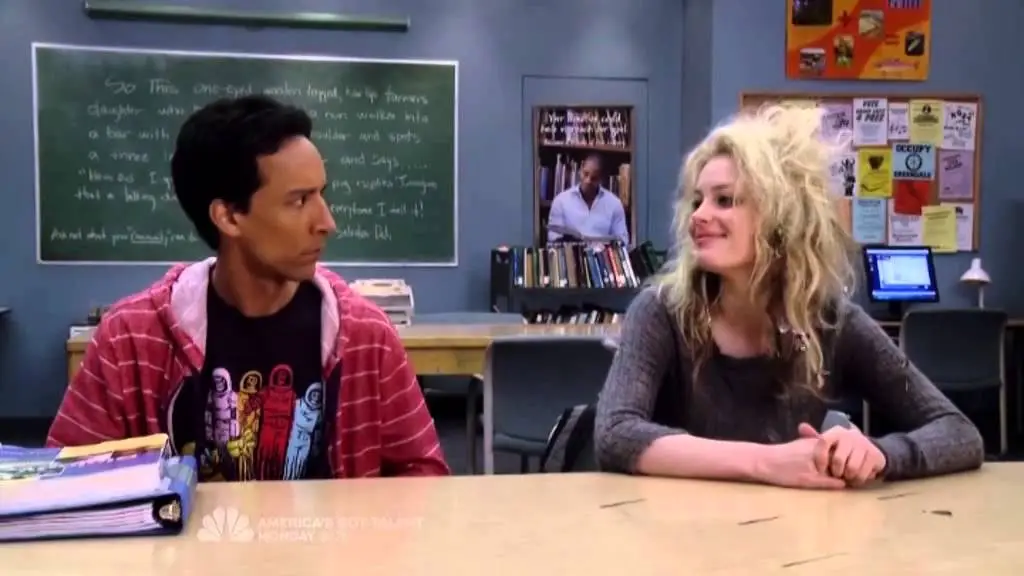
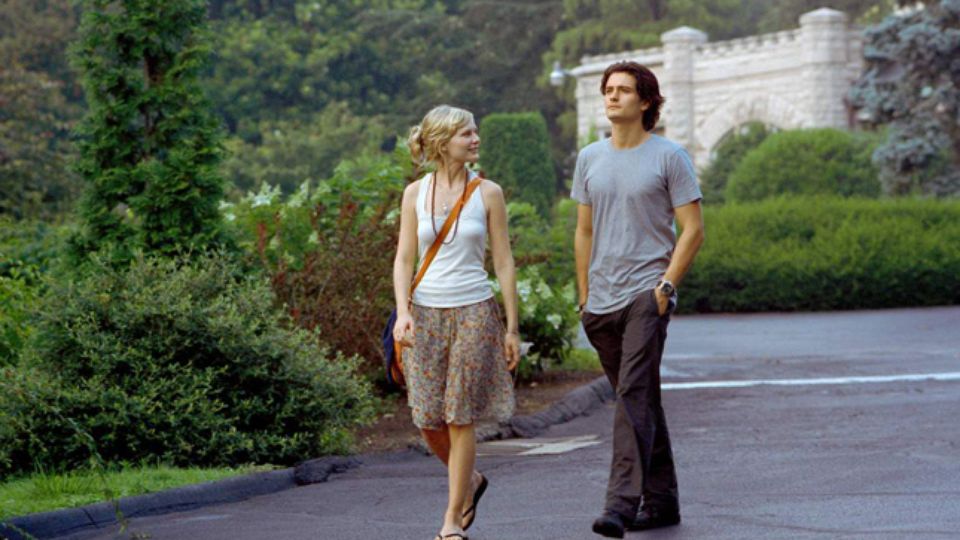
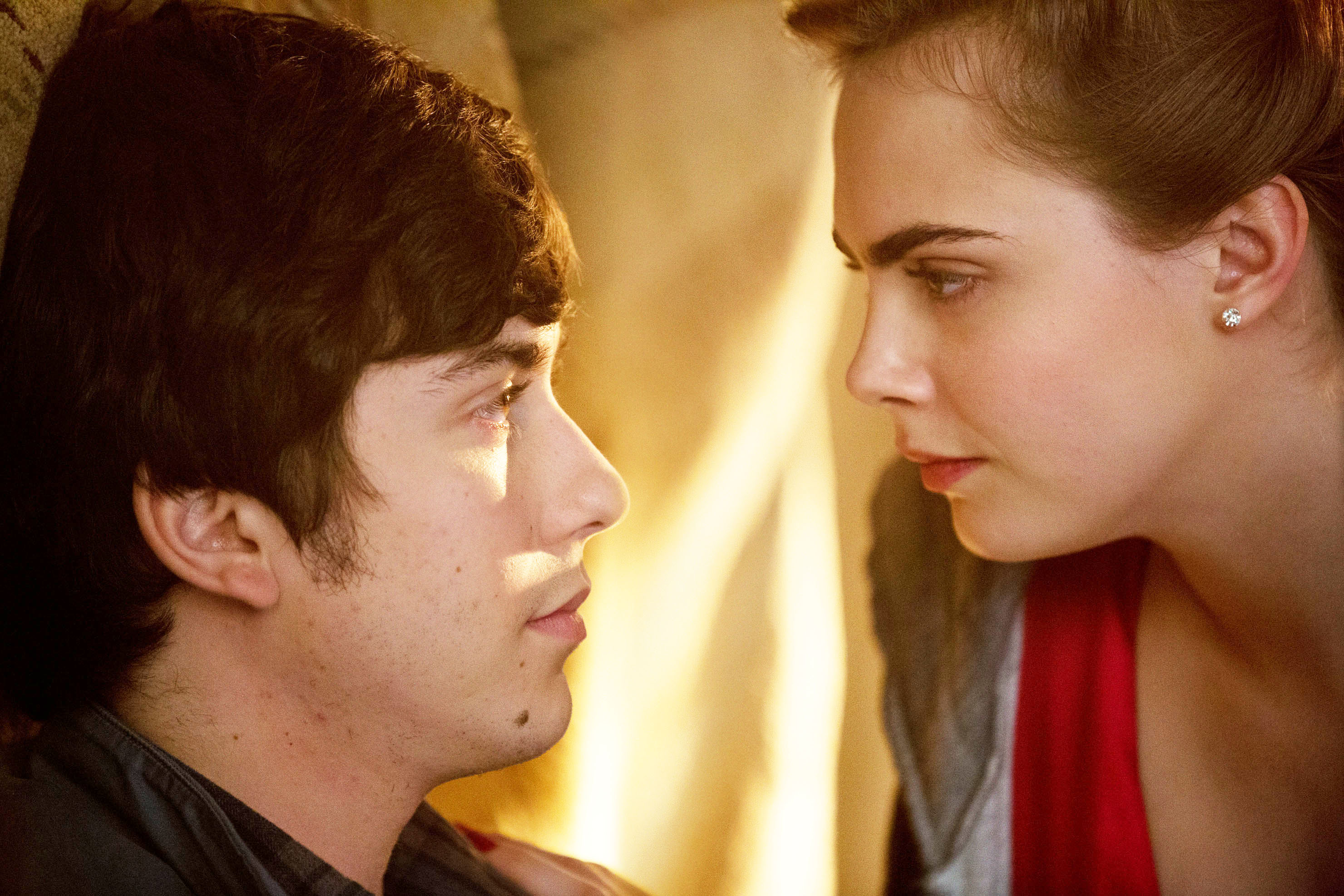
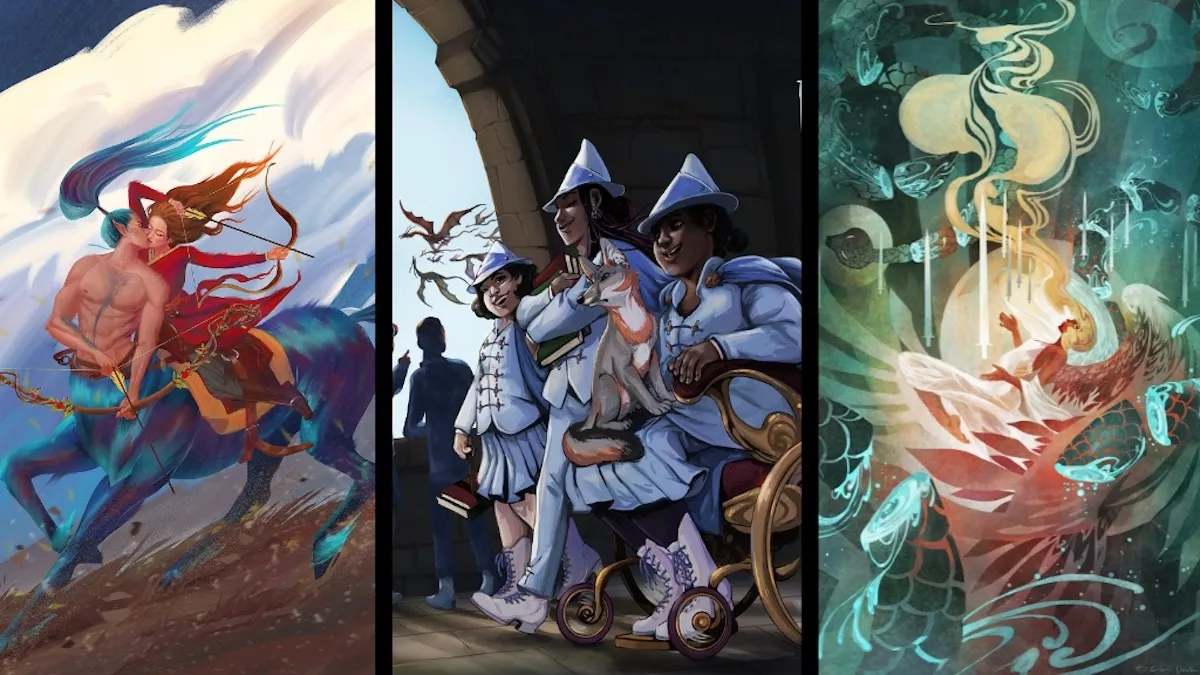

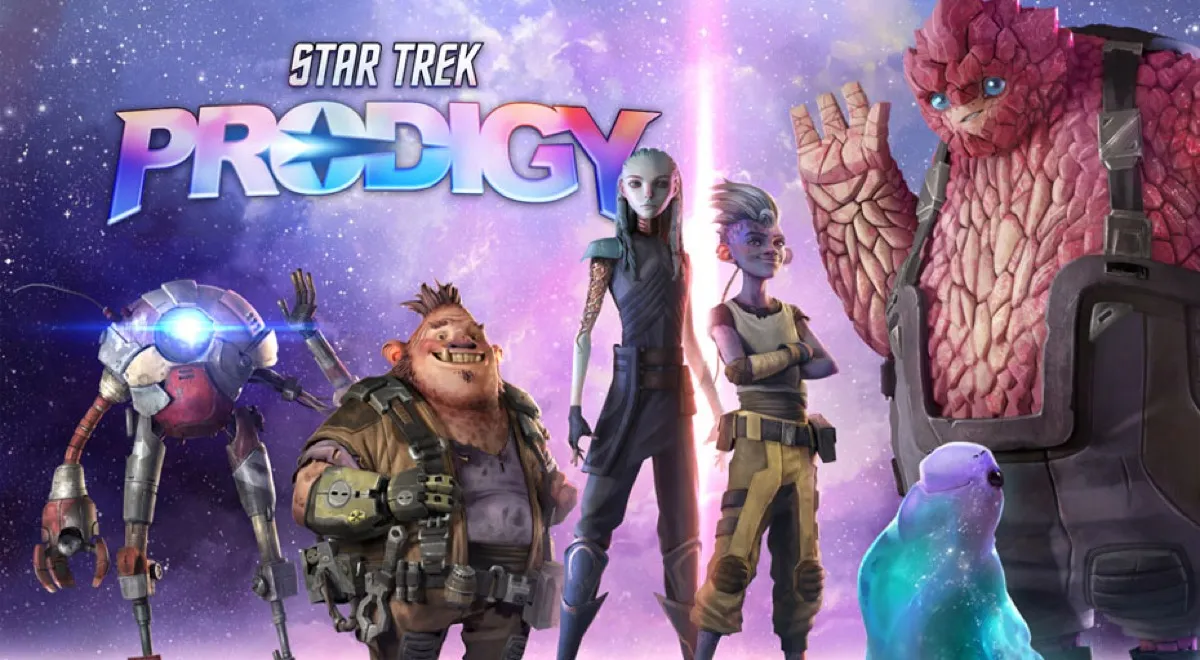

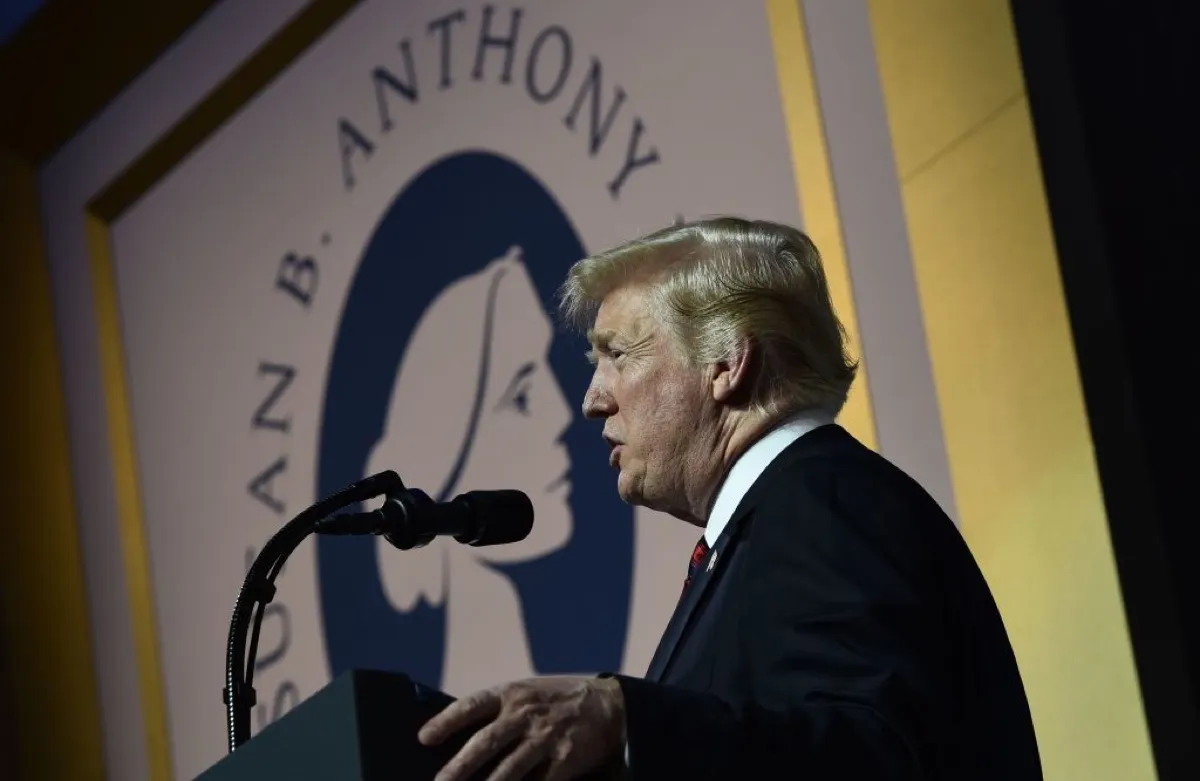
Published: Oct 8, 2015 02:09 pm